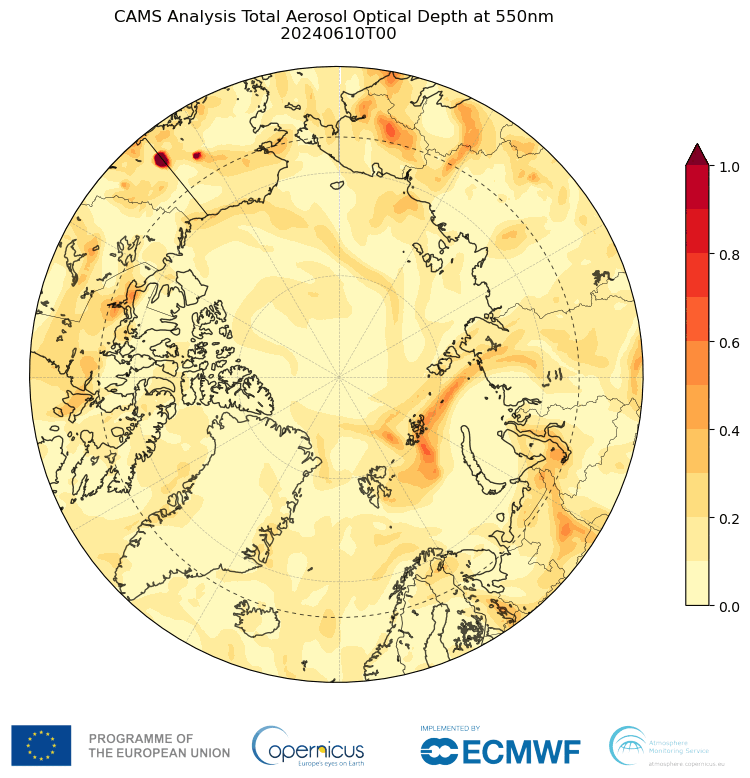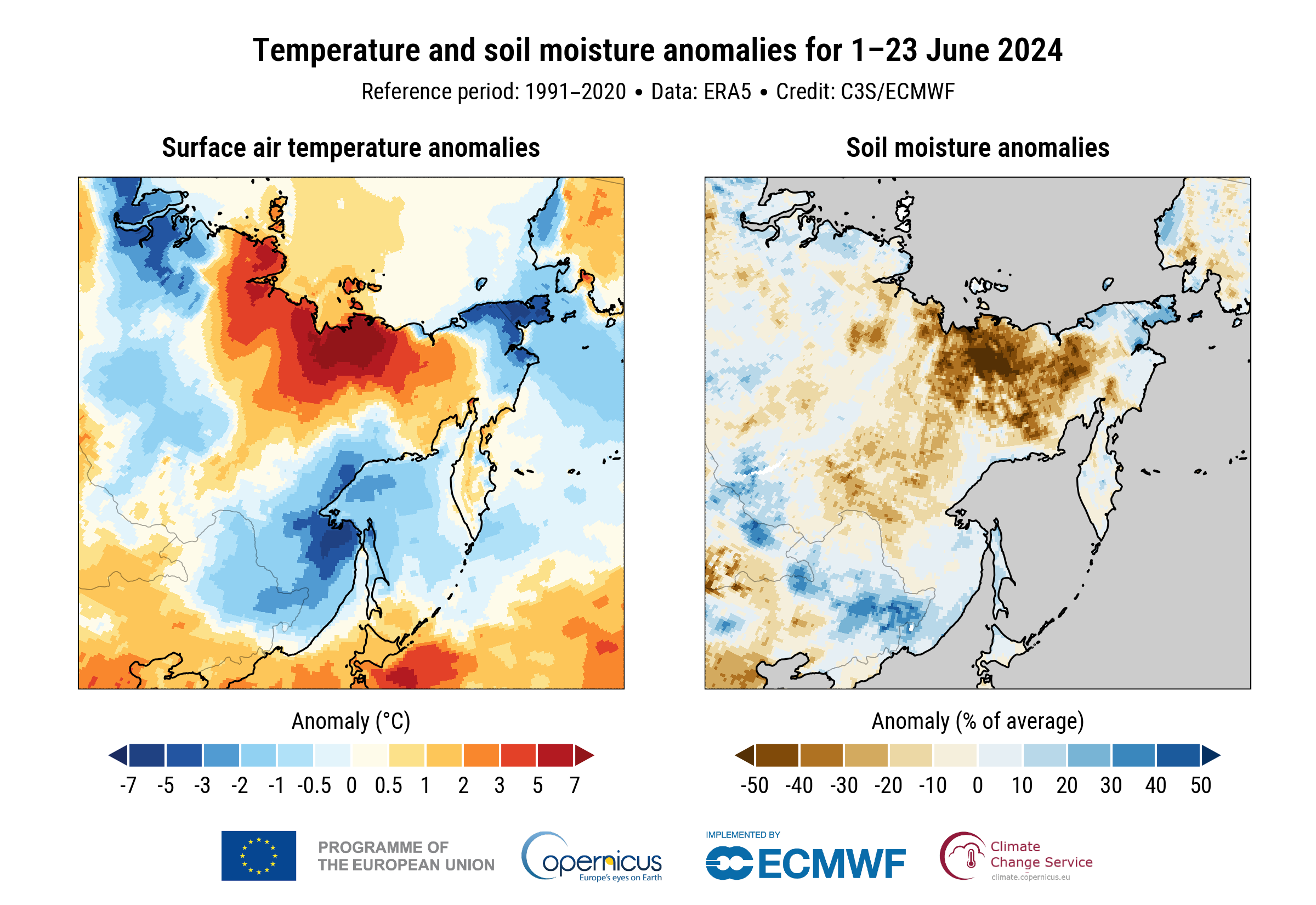Large parts of the Arctic are ablaze this summer with some of the worst wildfires in recent history following a spate of unusually hot and dry weather.
Much of the activity is flaring up in Russia’s Sakha Republic, a part of Siberia with an average yearly temperature of -7.5°C (18.5°F). Even in the summer months, average temperatures are between 0°C and 10°C (32°F and 50°F).
Although typically a frosty part of the planet, the region has seen surprisingly warm temperatures and prolific wildfires in recent years, especially in the summer of 2021.
The latest data from the European Union’s Copernicus Atmosphere Monitoring Service (CAMS) shows the Siberian wildfires in June 2024 spewed out 6.8 megatonnes of carbon emissions.
That’s the third highest of the past two decades, behind June 2020 and 2019, which recorded 16.3 and 13.8 megatonnes of carbon respectively.
“In the wildfire emissions monitoring that we do in CAMS we pay particular attention to high northern latitudes and the Arctic during the summer months. Fire emissions in the Arctic have been at fairly typical levels for the last three summers but we have observed the recent fires developing following warmer and drier conditions, similar to the widespread wildfires in 2019 and 2020,” Mark Parrington, Senior Scientist at the Copernicus Atmosphere Monitoring Service, said in a statement.

Total aerosol optical depth analyses indicating smoke transport around the Arctic and high northern latitudes between June 10 and 26, 2024.
Image credit: CAMS
“This is the third time since 2019 that we are observing significant Arctic wildfires and showed that this northeast region of the Arctic has experienced the largest increase in extreme wildfires over the last two decades,” Parrington explained.
The recent fires are inseparable from the wide trend of global climate change, which is causing the Arctic to warm at least four times faster than the rest of the planet. While the Arctic is currently feeling the sting most, it could be a sign of what’s to come elsewhere in the world.

Surface temperature anomalies (left) and soil moisture anomalies (right) over Siberia for June 1-23.
Image credit: ERA5/CAMS
“The Arctic is ground zero for climate change and the increasing Siberian wildfires are a clear warning sign that this essential system is approaching dangerous climate tipping points. What happens in the Arctic doesn’t stay there – Arctic change amplifies risks globally for all of us. These fires are a warning cry for urgent action,” commented Gail Whiteman, Professor at the University of Exeter and founder of Arctic Basecamp.
Wildfires are also raging on the other side of Earth in South America. Observations by CAMS show that wildfire activity in the Pantanal wetlands – the world’s largest tropical wetland located in Brazil, Bolivia, and Paraguay – is the most intense it has been in two decades following an extremely dry wet season.
Source Link: Wildfires Raging In The Arctic, Emitting 6.8 Megatonnes Of Carbon In June Alone